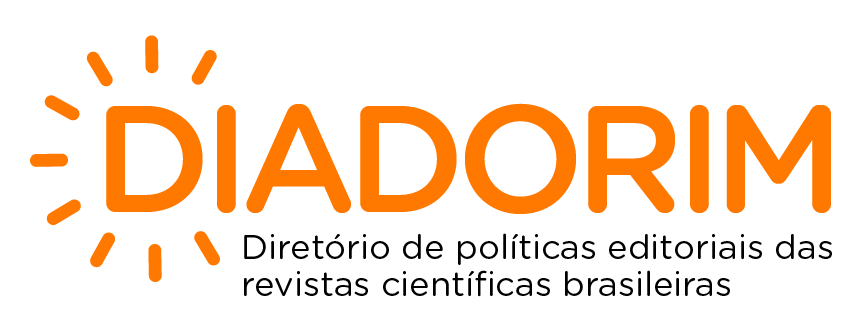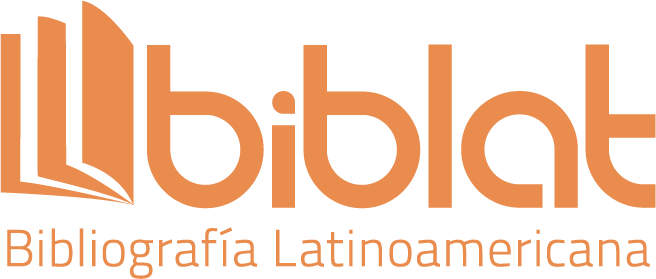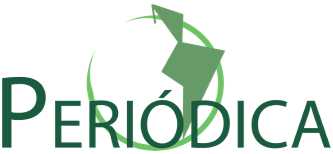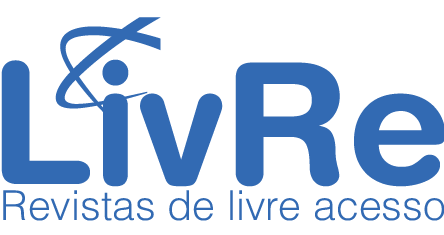Submissions
Submission Preparation Checklist
As part of the submission process, authors are required to check off their submission's compliance with all of the following items, and submissions may be returned to authors that do not adhere to these guidelines.- Is the manuscript written in English?
- Are the files editable (e.g., Word)?
- Are the style and format of references according to BJMB guidelines?
- Does your paper adhere to the terms of BJMB's Code of Ethics?
- Do you have a cover letter? Don't forget to submit it.
- Did you fill out the authorization letter? Don't forget to submit it.
- Did you write the paper's highlights? Don't forget to submit it.
- Do you have a list of 3 potential reviewers? Don't forget to submit it.
- Do you have the ORCID of each author? Don't forget to include it in the author's information during the submission.
Special issue on Portable neurophysiologic assessment is applied settings
In this special issue, we invite papers related to PORTABLE NEUROPHYSIOLOGIC ASSESSMENT IN APPLIED SETTINGS. We seek papers that explore the use of portable neurophysiological technologies—such as EEG, EMG, fNIRS, and other wearable monitoring systems—for assessing motor control, cognitive-motor interactions, and neuromuscular function in real-world environments. Submissions may focus on validation studies, methodological advancements, and applied research in sports performance, rehabilitation, clinical populations, and everyday activities. We encourage contributions that highlight the challenges and opportunities of using portable neurophysiological tools for real-time monitoring, individualized interventions, and data integration with other biomechanical and physiological measures.
Special issue on Motor performance and learning in atypical populations
In this special issue, we invite papers related to MOTOR PERFORMANCE AND LEARNING IN ATYPICAL POPULATIONS. We seek papers that provide comprehensive and thoughtful analysis of mechanisms and processes, as well as the factors (such as instruction, condition of practice, feedback, physical assistance, and motivation) that affect motor performance and learning in individuals with stroke, Parkinson’s disease, cognitive impairments, and other neurodisorders. Authors are encouraged to submit studies describing atypical adaptations in motor behavior and the reacquisition of skillful motor behavior in these populations. This special issue will be edited by Dr Giordano Marcio Gatinho Bonuzzi (University of Brasilia -UNB, Brasilia, DF, Brazil), who is delighted to extend this invitation to you. Your contribution would be a valuable addition to this special issue.
Special issue on Factors that affect the motor learning process
In this special issue, we invite papers related to FACTORS THAT AFFECT THE MOTOR LEARNING PROCESStopics. Papers that provide comprehensive and thoughtful analysis of the effects of different factors (instruction, practice, and feedback) on motor skills learning from different theoretical perspectives. This special issue will be edited by Dr Vitor Leandro da Silva Profeta, who is delighted to extend this invitation to you. Your contribution would be a valuable addition to this special issue.
Special issue on Portable neurophysiologic assessment in applied settings
Special Issue on Affordances and Behaviour: Empirical Research 50 Years Later
In 1975, James J. Gibson wrote a short note elaborating his novel idea of affordance, which would become the central concept of ecological psychology: “Affordances are invariant combinations of properties of things (properties at the ecological level) taken with reference to a species or an individual. I now add: with reference to its needs (biological and social) as well as to its action-systems and its anatomy. The affordances for behavior and the behaving animal are complementary. Affordances are perceived, i.e., attended to. Affordance do not cause behavior but constrain or control it. Needs control the perception of affordances (selective attention) and also initiate acts.” (in Jones & Reed, 1982, pp. 410-411)
This special issue aims to herald the rich landscape of research that Gibson’s concept of affordance has developed into 50 years later. We invite empirical contributions that present original findings and/or methodological and theoretical considerations in affordance research. Contributions may address topics related but not limited to affordances and the perception of the world, affordances and the control of action, body and/or action scaling, development and learning of affordances, affordances and environmental design, and so on.
Special issue on Developmental Coordination Disorder
We are excited to announce a special issue about “Developmental Coordination Disorder”, a phenomenon that is present in 5% of children, and one of the most common disorders in this population. We invite researchers to submit manuscripts on important topics that deserve attention. We welcome submissions that explore how to identify and asses; how to monitor during treatment and the developmental course; what the consequences are for participation in daily life and school; which neural networks are involved; genetic and environmental influences; types of intervention, appropriate duration and intensity; psychosocial implications; support for the child, adolescents, adult and Family. This special issue will be edited by Lúcio Fernandes Ferreira, who is delighted to extend this invitation to you. Your contribution would be a valuable addition to this special issue.
Copyright Notice
Authors must declare that the work submitted is their own and that copyright has not been breached in seeking its publication. If the manuscript includes work previously published elsewhere, it is the author(s) responsibility to obtain permission to use it and to indicate that such permission has been granted.
Authors retain the copyright of their paper and grant the Brazilian Journal of Motor Behavior (BJMB) the right to first publish the work under a Creative Commons Attribution-NonCommercial-NoDerivatives license (CC BY-NC-ND). This license allows users to share the paper given the appropriate credit to the author and source and does not allow commercial uses and derivative materials to be produced.
Privacy Statement
The names and email addresses entered in this journal site will be used exclusively for the stated purposes of this journal and will not be made available for any other purpose or to any other party. The data collected from registered and non-registered users of this journal falls within the scope of the standard functioning of peer-reviewed journals. It includes information that makes communication possible for the editorial process; it is used to inform readers about the authorship and editing of content; it enables collecting aggregated data on readership behaviors and tracking geopolitical and social elements of scholarly communication. This journal's editorial team uses this data to guide its work in publishing and improving this journal. Data that will assist in developing this publishing platform may be shared with its developer Public Knowledge Project (PKP) in an anonymized and aggregated form, with appropriate exceptions such as article metrics. The data will not be sold by this journal or PKP, nor be used for purposes other than those stated here. The authors published in this journal are responsible for the human subject data that figures in the research reported here. Those involved in editing this journal seek to be compliant with industry standards for data privacy, including the European Union's General Data Protection Regulation and Brazilian General Data Protection Law (LGPD) provision for data subject rights that include (a) breach notification; (b) right of access; (c) the right to be forgotten; (d) data portability; and (e) privacy by design. The GDPR also allows for the recognition of the public interest in the availability of the data, which has a particular saliency for those involved in maintaining, with the greatest integrity possible, the public record of scholarly publishing.
Users registered in any capacity with the journal can edit their personal data and notification settings by clicking View Profile in the upper right corner of the screen.
To close an account, please contact bjmb@socibracom.com






















